
Low Temperature Controlled Sous Vide Cooking
By carefully controlling the temperature and cooking time, this device ensures that every dish is cooked to its optimal point, preserving the meat’s moisture and enhancing its natural flavors. Dive into the innovative world of sous vide cooking with the SWID, a compact yet powerful device that revolutionizes the way we cook meats, from pork chops to duck breasts. Perfectly designed to fit both professional kitchens and home setups, the SWID offers a precise cooking method that guarantees tender, flavorful, and perfectly pink meat every time.
Understanding the post-cooking process is equally vital in sous vide cooking. The article emphasizes the importance of shock cooling—rapidly chilling the cooked products in an ice water bath—to extend their shelf life and ensure safety. This step, crucial for preventing spoilage and maintaining quality, showcases how sous vide cooking doesn’t just stop at the cooking process but includes careful handling afterwards. With the SWID, both professional chefs and home cooks can achieve restaurant-quality results, mastering the art of sous vide cooking while ensuring the safety and deliciousness of their culinary creations.
Preparation Of The Low Temperature Controlled Recipe
1 – Small footprint, the SWID is placed here in a gastronorm.
2 – The SWID also adapts to smaller containers for domestic use.
3 – For example, I chose simple pork chops taken from the loin.

4 – The dashboard of the Swid.
5 – Optimal adjustment for a fibrous rib. The goal is to obtain a tasty, tender and still pinkish meat.
6 – Upper dial: Selected temperature – Lower dial: Programmed cooking time – Activation.
7 – The Swid heats and stirs the water. An audible and light indicator warns that it is time to start cooking.
8 – Once the temperature has been reached, the bags (special cooking) are immersed in water.
9 – The thermostat sensitivity indicates the temperature drop. The slight gap is quickly filled. The countdown stops if the temperature is lower than the selection and resumes when the temperature is reached again.
10 – One notices the exudates and the little visible transformation after cooking. You can, of course, stop the SWID at any time and modify the parameters.
11 – Cooking duck breast: A simple exercise that will require 45 to 90 minutes of cooking at 57/58 ° C.

A Few Words About The Recipe
It is essential in the case of conservation of the products to carry out a shock cooling (renewed ice water bath) and to store in the cold. It is the speed of cooling that will influence the shelf life. The more the parts are cooled quickly and to the core, the longer the conservation will be effective and secure. Intermediate temperatures are favorable for spoilage of the products. Reducing this range can impressively avoid the risk of tissue degeneration. In any event after cooking and rapid cooling, it can be consumed several days after cooking without any danger.
The rules for reheating or finishing are identical to those for the cold connection (rapid reheating – immediate consumption – elimination of unused residues) as soon as the cold comes out. Breaking the cold chain reactivates microbial proliferation. The SWID is the right tool for the traditional restaurant owner but also for the family unit.
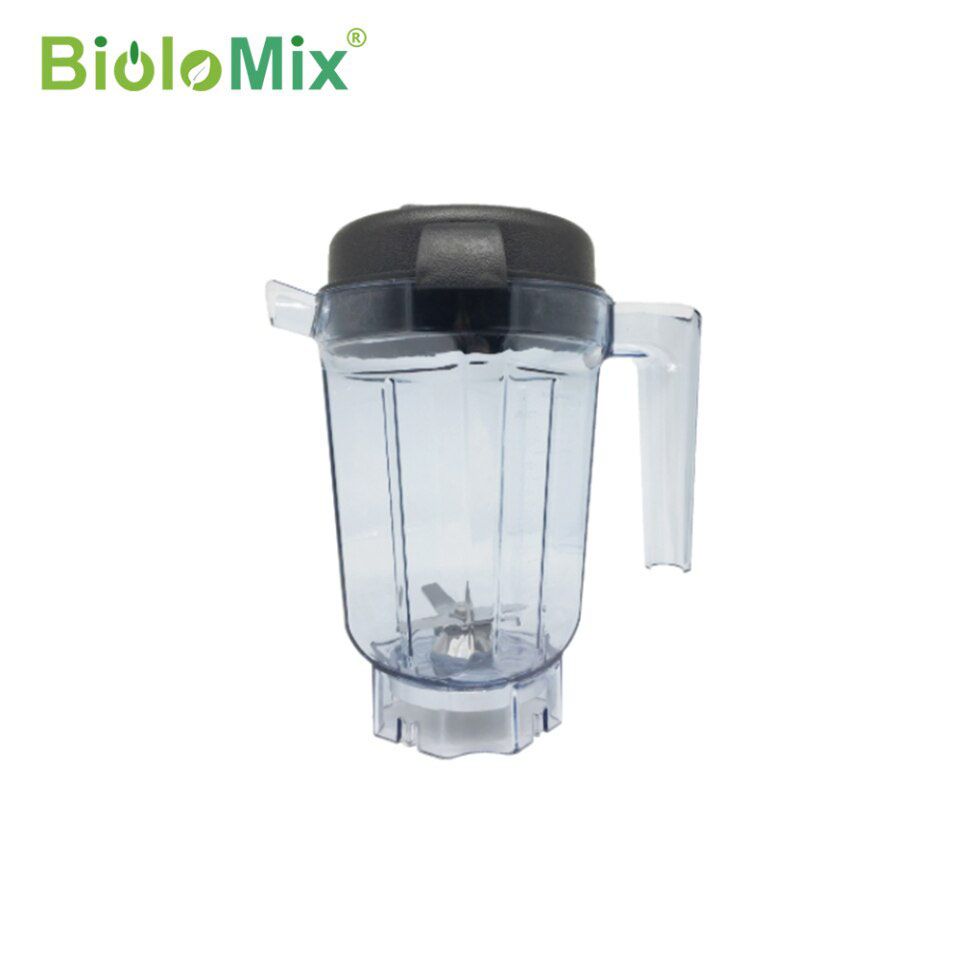
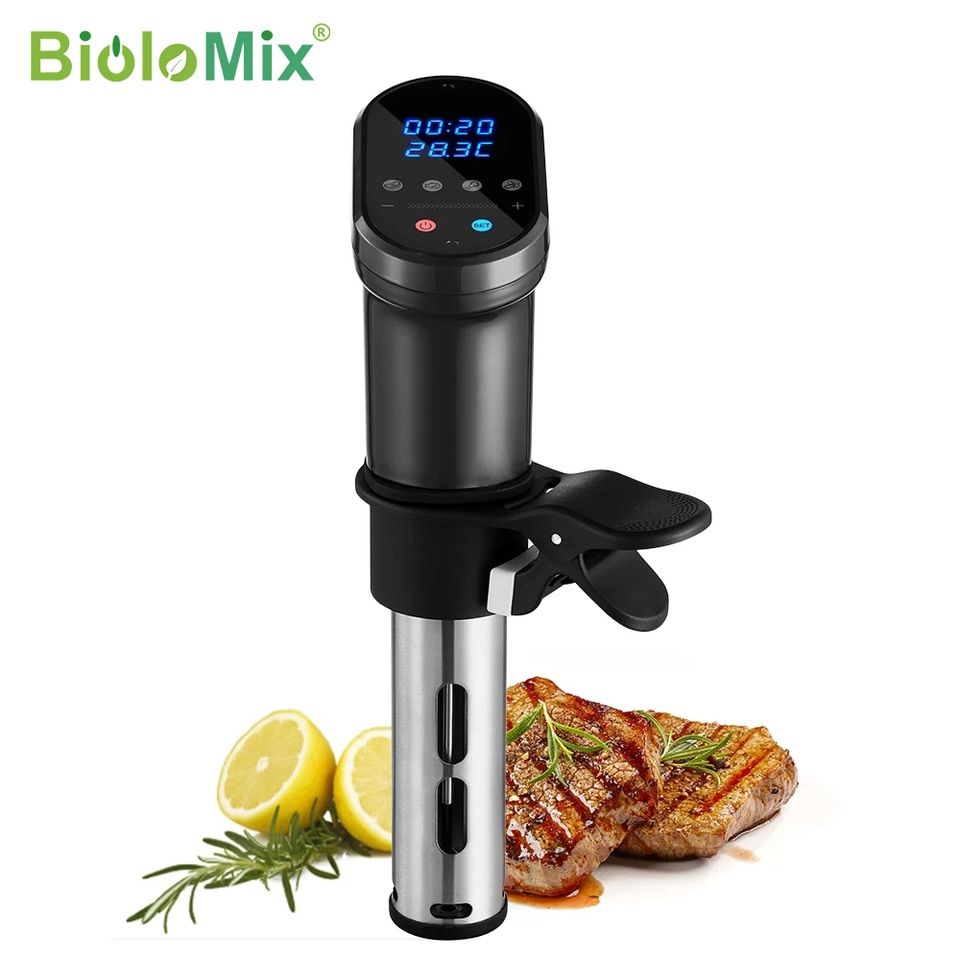
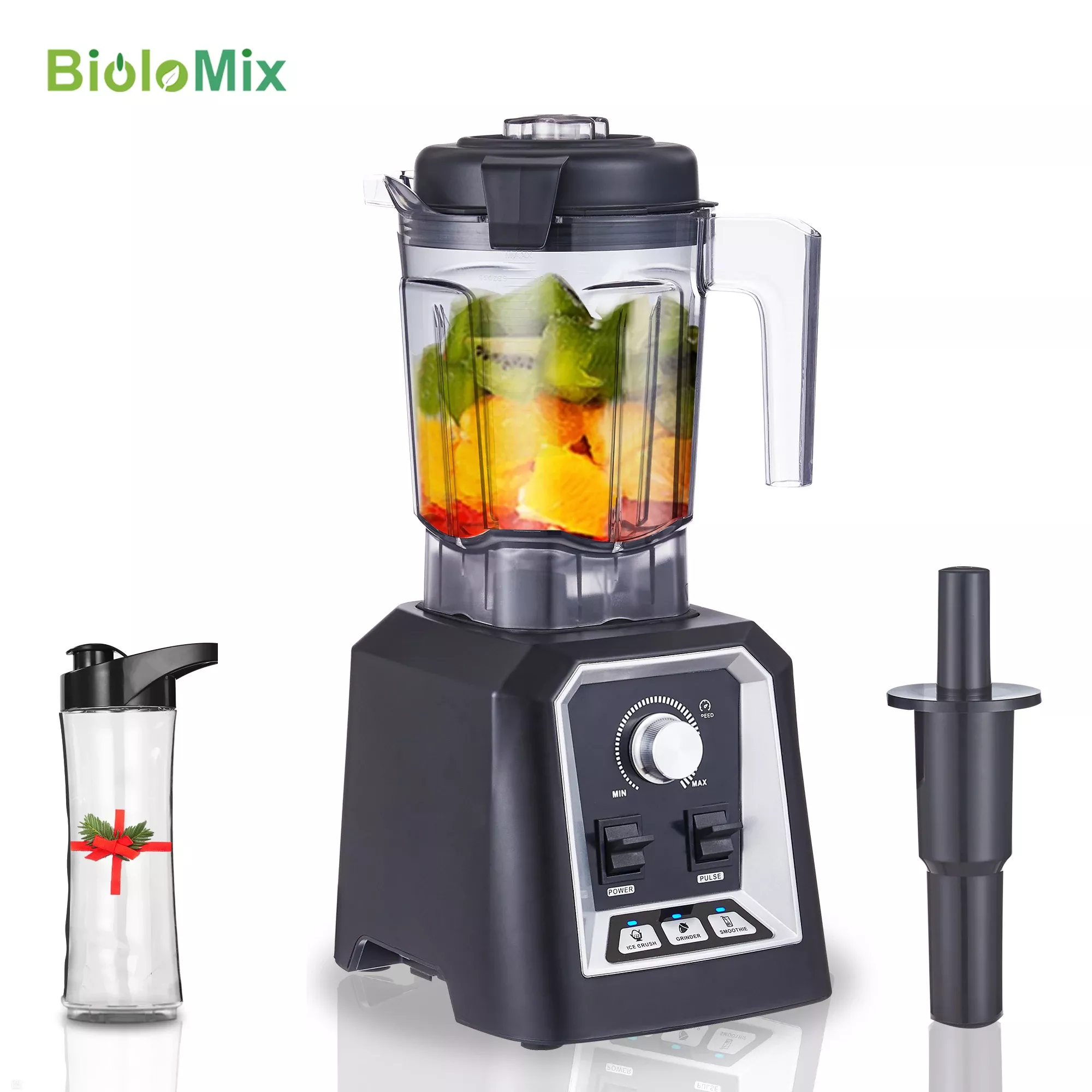
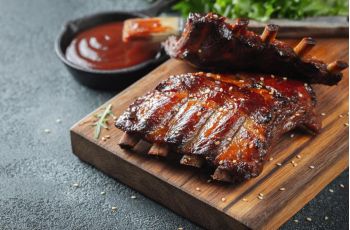

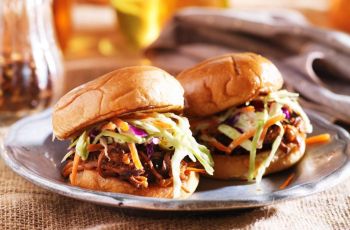

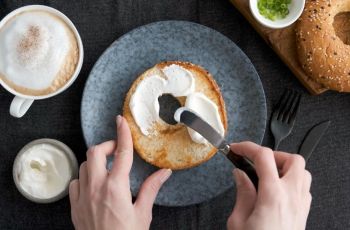
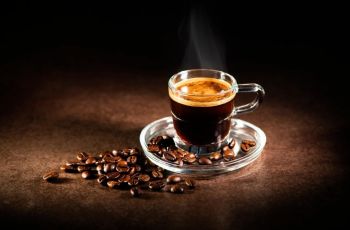

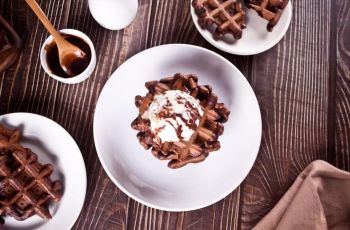
Leave a Reply